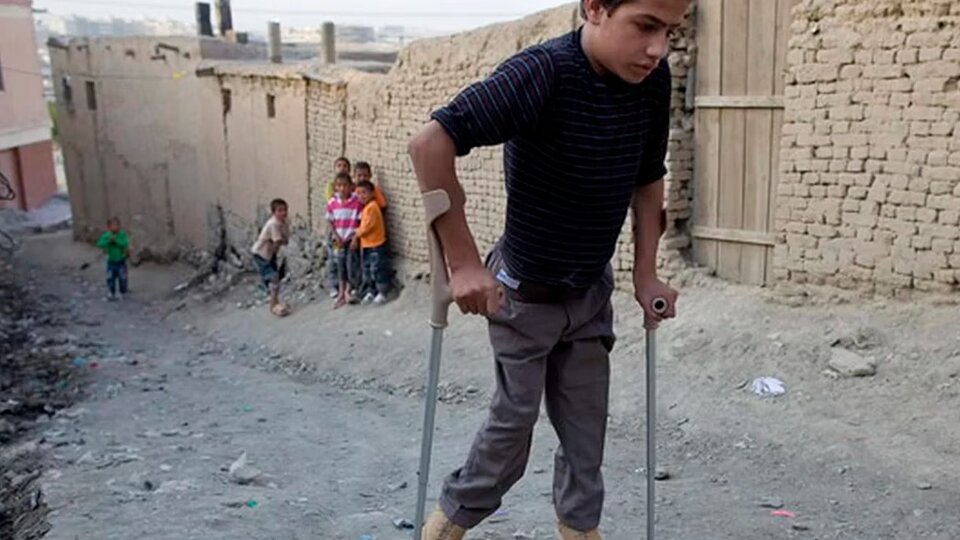On World Polio Day, specialists highlighted the potential risk of reintroduction of this disease that can have serious consequences for health, given that vaccine coverage against this pathology reaches only 75% of the country’s target population.
Although the country has not recorded cases for 40 years, there are still outbreaks in different parts of the world.
“Poliomyelitis, or polio, is a poliovirus disease, characterized by being potentially fatal or highly disabling. This virus can be transmitted through elimination through fecal matter and its entry through the digestive tract, after which it goes to the digestive system. central nervous system, specifically the spinal cord, which sometimes generates very severe paralysis and even death,” recalled infectious disease doctor Lautaro De Vedia.
In Argentina, a major outbreak occurred in 1956 and 1957, in which around 6,500 cases were recorded, with around 700 deaths; Then there were two smaller outbreaks in 1971 and 1983.
“Thanks to vaccination against polio, which began precisely at the end of the 1957 epidemic, no cases have been recorded in Argentina since 1984,” said De Vedia, a member of the Argentine Society of Infectious Diseases (SADI).
In 2022, the National Ministry of Health launched a campaign to strengthen vaccination against measles, rubella, mumps, and polio for girls and boys from one to four years old.
In the recitals of the campaign, the Ministry reported that “preliminary anti-polio vaccination coverage during the year 2021 has reached levels below 75% for all ages at the national level”, largely accompanying the drop in all vaccination rates. vaccination as a sequence of the covid-19 pandemic.
“This percentage is considered low and generates a situation of high risk of reintroduction. It is important to improve these numbers,” said the specialist.
Types of poliovirus
There are three serotypes of poliovirus: type 1, type 2, and type 3. Wild poliovirus (WPV) was the cause of thousands of cases of acute flaccid paralysis and deaths for many years; However, after the introduction of polio vaccines, only type 1 continues to circulate. The last WPV type 2 was isolated in 1999 and declared eradicated in 2015, while the last type 3 was isolated in 2012 and declared eradicated in 2019.
The Ministry of Health warns that “immunity to one serotype does not confer immunity to the other two.”
Currently, 35 countries continue to have poliovirus outbreaks, while Pakistan and Afghanistan are considered endemic.
In Argentina, since June 2020, the national vaccination schedule was modified and the inactivated polio vaccine was implemented at 2-4-6 months and a booster at 5 years, thus replacing the bivalent oral polio vaccine.
“This was a change in the vaccine policy of almost the entire world because the oral vaccine is an attenuated virus, so when it was eliminated it very exceptionally suffered alterations that gave rise to those viruses derived from the vaccine strains,” De Vedia explained.
The last detection of this type was in March 2023, in Peru, in a 14-month-old child belonging to an indigenous community in the Manseriche district in the Datem del Marañón province, with no vaccination history or travel history before the onset of symptoms.
Currently there is no cure for polio, meaning that once you have paralysis there is no way to regenerate the nerves that allow you to recover motor function.
2023-10-24 00:12:59
#Poliomyelitis #children #receive #vaccine #Specialist #warning #World #Day #disease


